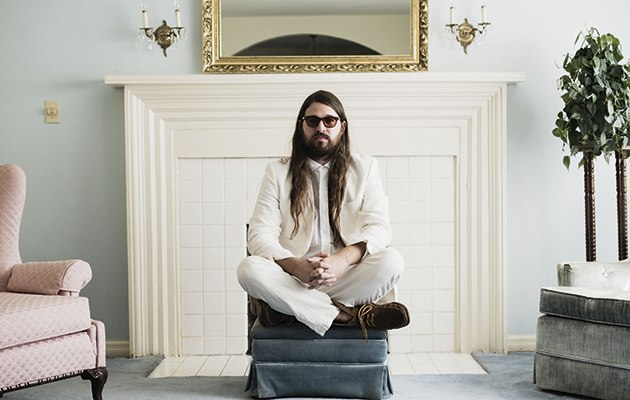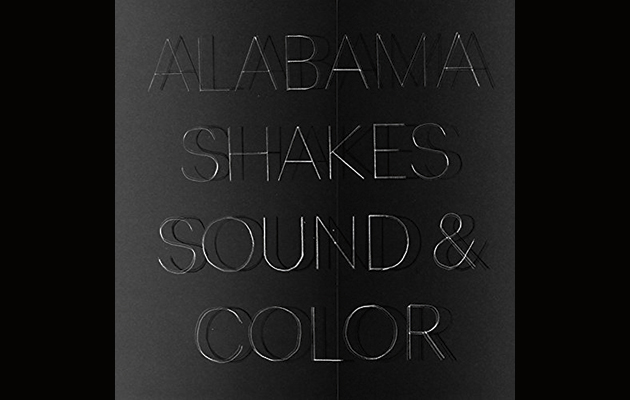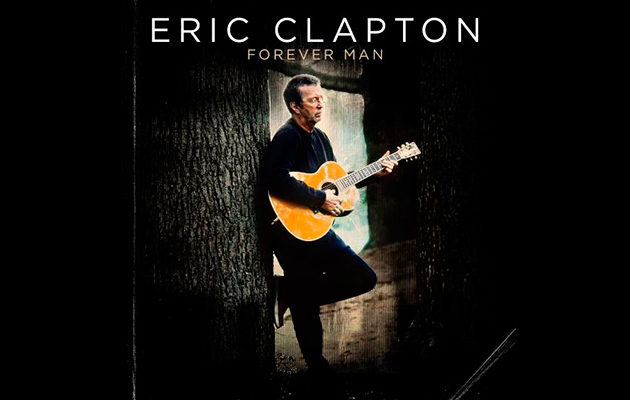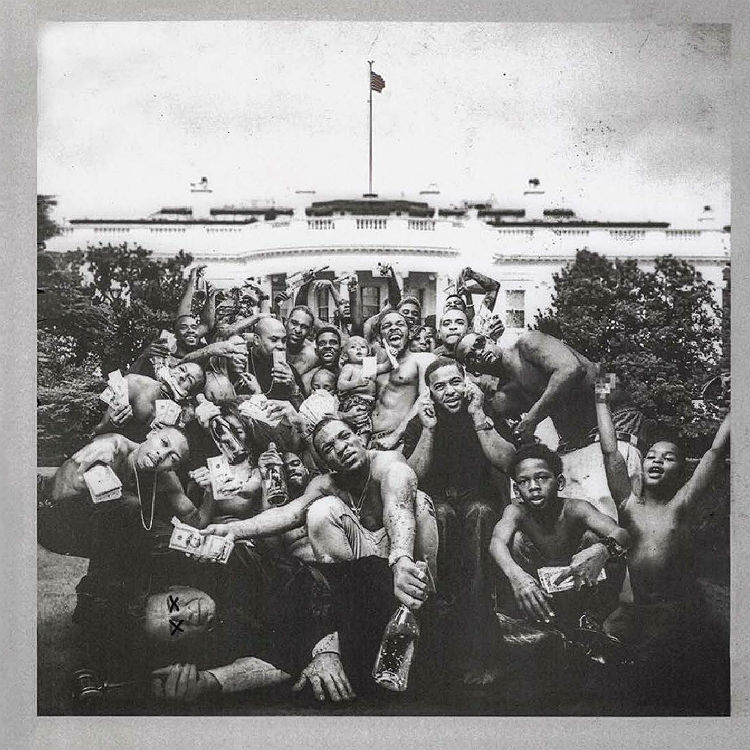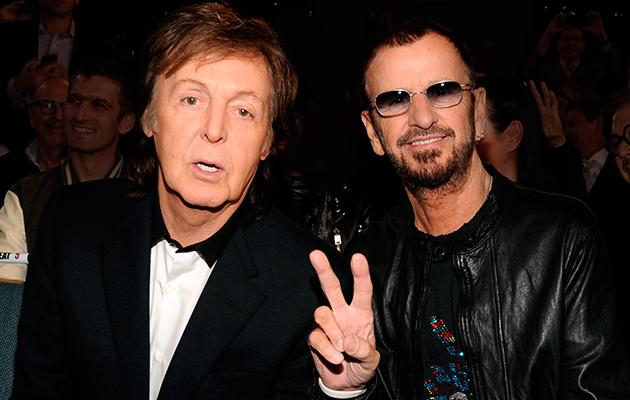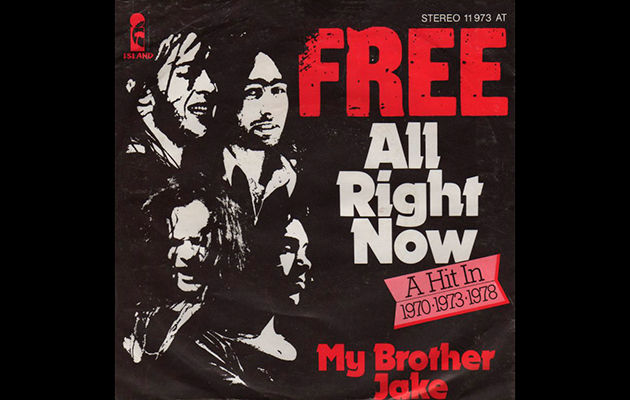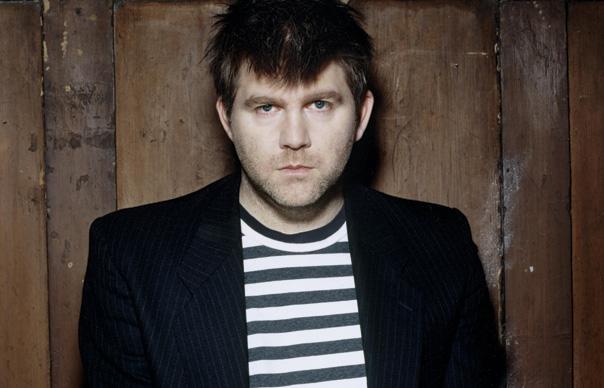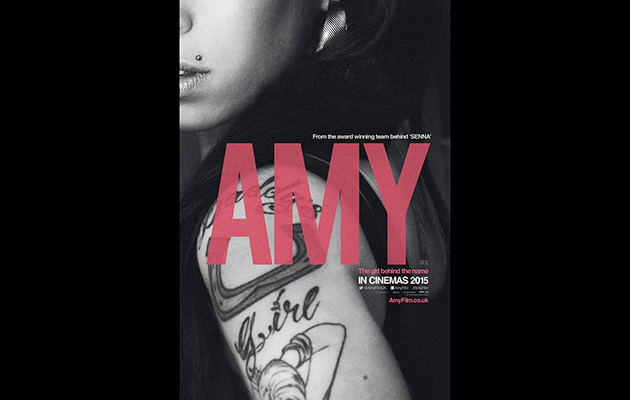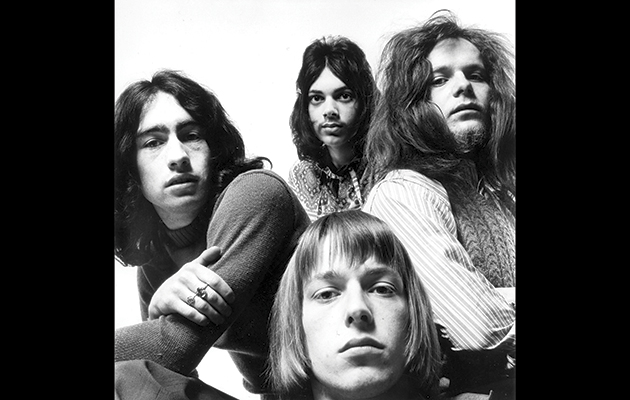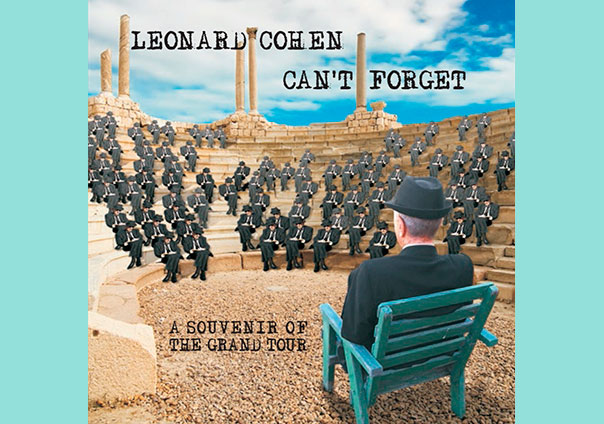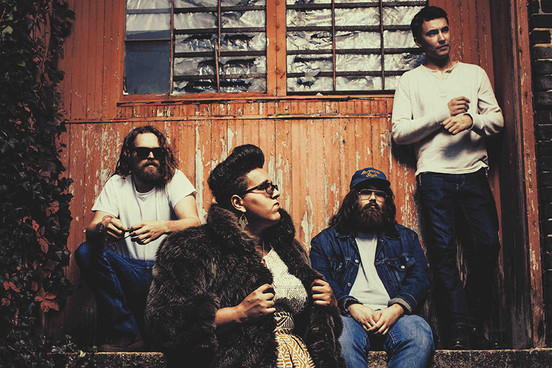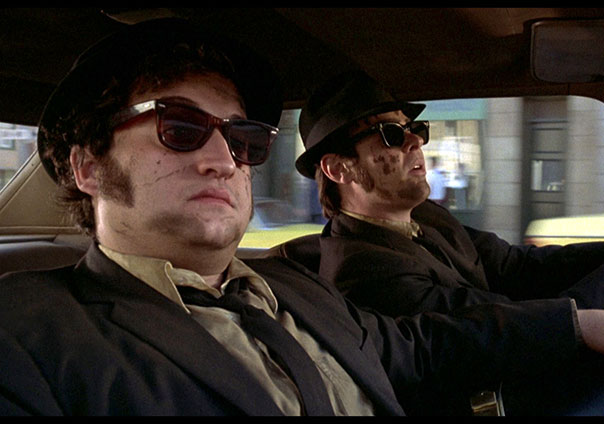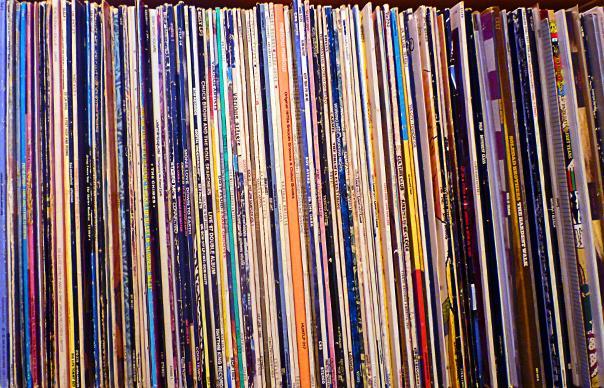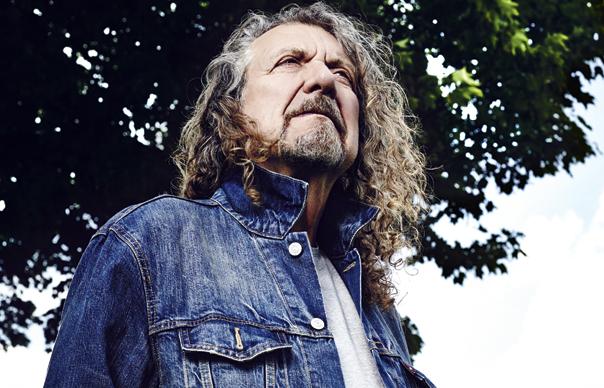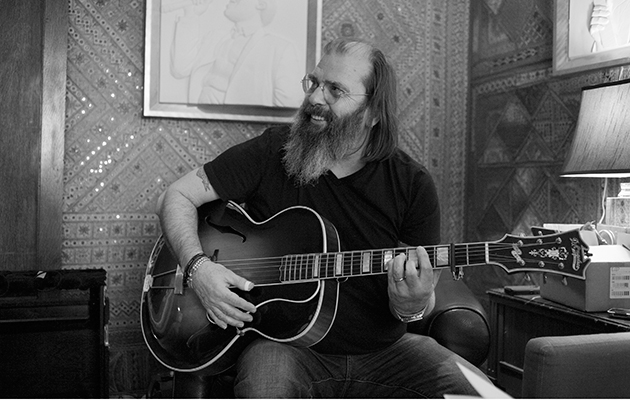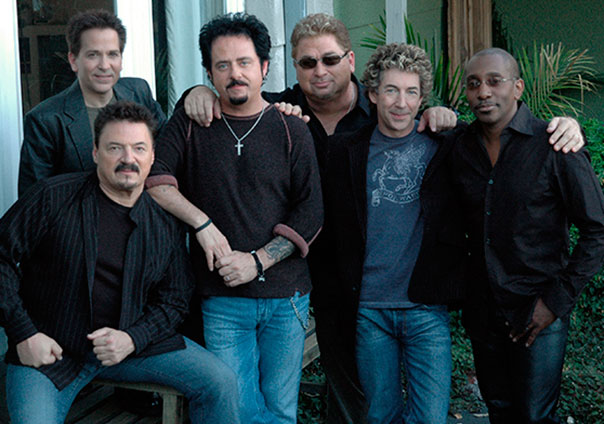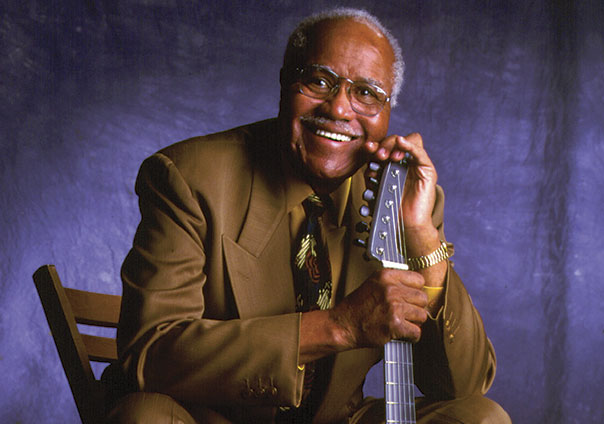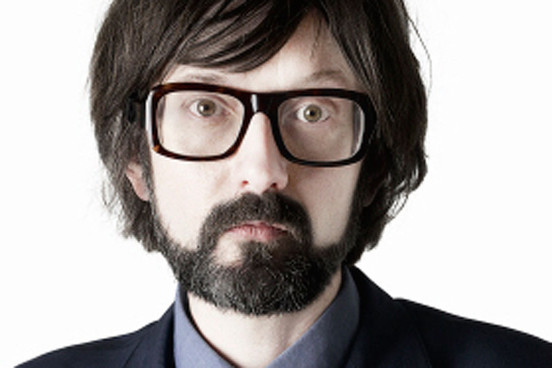Matthew E White sets out his expansive musical philosophy early on Fresh Blood. On the second track, “Rock & Roll Is Cold”, the bandleader offers cautionary advice to the listener: rock‘n’roll, he counsels, has no soul, R&B doesn’t have a key, and “gospel licks, they don’t have no tricks”. Point made, he concludes: “Everybody likes to talk / Everybody likes to talk shit”. The song is lighthearted and playful – imagine the Velvets’ “What Goes On” by way of Curtis Mayfield, set to lavish R&B horns and a deep rolling piano groove. But if anything, it is also emblematic of White’s way of doing things: don’t look too deeply into process, any attempts to codify music will essentially rob it of its magic and malleability.
It is a policy that has stood White in good stead since his 2012 debut album Big Inner, a lustrous country soul rhapsody recorded in White’s attic HQ at his Richmond, Virginia studio-cum-label, Spacebomb. Since then, White has been kept rather busy. There has been the small matter of an 18-month tour in support of Big Inner, along with the phenomenal heat the album generated. White aside, Spacembomb’s other significant release has been Natalie Prass’ self-titled debut album, which further underscored the soulful musical qualities privileged by the label.

Fresh Blood finds White’s aims coming closer to fulfillment. It feels like a natural continuation of the easy-going, R&B-driven sound dominant on Big Inner; but it is a more energetic, and in places darker, record than its predecessor. The focus is wide-ranging: subjects include the death of Philip Seymour Hoffman and abuse within the Catholic Church, while one song is written from the perspective of a woman as she prepares to take her own life. The opener, “Take Care My Baby”, telescopes out from intimate, piano and guitar beginnings to incorporate soft and low Bacharach-style trumpets before blooming into full-on psychedelic R&B.

As it turns out, White’s strong grasp of layering is critical to the momentum of his songs. For instance, the choir’s call-and-response vocal line (a sassy “Ooh la la ooh la la / Ooh la la ooh la la”) that runs through the background of “Rock & Roll Is Cold”, or the additional percussion that arrive for the final minute or so, contribute discreetly and incrementally to the song’s propulsive dynamic. Each song features choir, horns and strings, as well as his house band, accounting for a minimum of 30 people per track: that’s naturally incurs a lot of administrative work, writing and arranging their respective parts. White – and his co-arranger Trey Pollard evidently thrive on this assiduous attention to detail. “Fruit Trees”, for instance, with its stop-start melodies, burnished brass and staccato strings sees them fully flex their grand songwriting ambitions.
“Holy Moly”, meanwhile, foregrounds White’s more intimate qualities as a songwriter. Written in response to the child abuse scandal within the Catholic Church, it seems deliberately to reflect Marvin Gaye’s socially conscious protest songs – the title is likely a gentle nod to “Wholy Holy” from What’s Going On. “What’s wrong you you?” White admonishes repeatedly while the strings are goaded towards a rapturous crescendo by Spacebomb compadre Cameron Ralston’s percussive basslines and some urgent soloing. The gorgeous gospel tones of “Circle ‘Round The Sun”, however, cushion the song’s subject matter: suicide. “I’m screaming and crying, seeking shelter from the storm / Put your arms around me, Jesus, tonight”, whispers White.

In fact, “Circle ‘Round The Sun” ushers in a more reflective phase for Fresh Blood. It’s followed by “Feeling Good Is Good Enough”, a breakup song – “I know we didn’t make it, but sometimes late at night I like to fake it” – that comes buoyed along on melancholic strings and sympathetic brass parps. White gracefully tackles the death of Philip Seymour Hoffman on “Tranquility” – “The strong and gentle fade, the lights on Broadway dim” – his double tracked whisper oddly unsettling as it disappears underneath the sporadic flourishes of guitar feedback and keening strings. The song’s closing line – “Rid my heart of all that resists tranquility” – harks back to the idiom of Seventies soul. The slower pace prevails with “Golden Robes”, another gorgeously performed love song. Meanwhile “Vision” recalls the psychedelic soul force of The Undisputed Truth or Rotary Connection at full-tilt, driven by soaring brass and strings.
White brings Fresh Blood to a close with “Love Is Deep”. Across the song’s blissful grooves, he communes across the decades with his old soul masters: “Love is deep and twisted / Ain’t it so Marvin? / Ain’t it so Steveland?” Additionally, he namechecks Billie Holiday, Judee Sill, Sam Cooke and Sister Rosetta Tharpe. These are the big cheeses in White’s world, and while the sentiment of the song rings true, there is nevertheless something typically good-humored and teasing about the way White not only addresses his storied predecessors but also in the way he interprets the song’s inherent message. “Love is sweet,” he coos. “Love is sweet shit”.
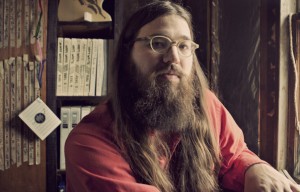
Follow me on Twitter @MichaelBonner
Q&A
Matthew E White
When did you start work on Fresh Blood?
I’ve been working on it kind of in a conceptual way for a long time. I recorded Big Inner in 2011 and it didn’t come out till like late 2012. Then I was touring for almost 18 months and during that time, I had some ideas for what songs I wanted to write and the direction of the record and things like that. So, I was focused on what it was I was after, even at that early stage.
In what ways does Fresh Blood differ from Big Inner?
Big Inner was such a ‘setting up the canvas’ for me. I was figuring out what the tools were gonna be and whether I could actually do this. Fresh Blood is taking the next step. I had a plan. The record is bigger, it’s groovier, it’s intensely personal at times. It’s not a 180 degree spin on Big Inner. It has a lot of the same people, it’s the same process and it will develop from that. But it’s focused and louder. I’m excited.
Who are the key collaborators on this record?
There are three notable people, who are in the Spacebomb family. Trey Pollard produced the record with me and he did the string arrangements. There’s Cameron Ralston, he’s working bass and drums. It’s important to realise, these are more than bass players and drummers and producers to me. They are a creative team I go to them with ideas. I also co-wrote all the songs with Andy C. Jenkins.


